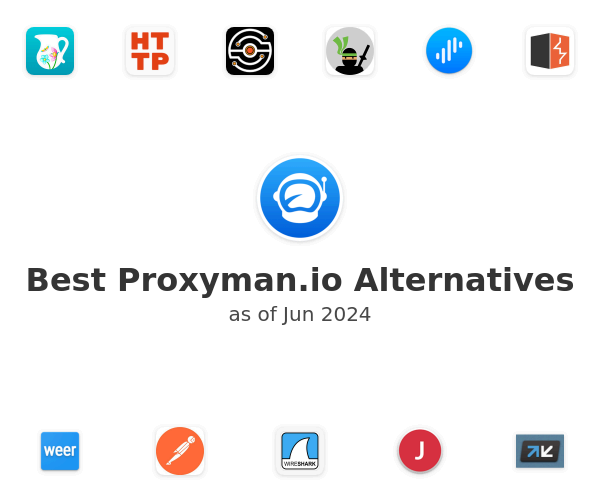

With compromises happening on each IDE I messed around with, I ended up using a web app to redesign nearly my entire site. The folks at Tailwind have a playground you can mess around with, and it updates in near realtime. Was it VS Code, the new kid on the block Nova from our favorite Mac veterans, perhaps the ever reliable Sublime? My answer, for the most part was… People asked me along the way what IDE I was using for my Tailwind adventures. Going utility first isn’t a sine qua non when dealing with styling the modern web, but I also don’t want to go back to the other way.

It's about finding the opinions that you jive with, while checking your assumptions at the door to remain open to new ones. So when Tailwind says it's a utility first framework, you go with it or you find something else. And, like with any opinion, you are drawn to it or you aren't. Most software, and certainly compelling software, is opinionated. Sometimes, we take that as a net negative. For my money, I prefer to not leave my HTML when writing CSS. He lays it all out in a reasonable blog post that you can read here, and I’ll let him convince you if it’s a good approach for you or not. I decided to put my assumptions aside (on technology that I rarely use in my day to day no less) and hear him out. Its developer, Adam Wathan, has obviously thought of this. But as you go on, your ears and eyes open up and listen. When I started as a youngling in this industry, I found myself unrealistically recalcitrant towards new, drastically different ways of doing things. Sure, way different tech stacks - but we relate things to what we know. Because once you grok it, using other forms of CSS starts to feel archaic, tedious and just a hop, skip and jump away from being an utter sink of energy and creativity. The fun with Tailwind is the joy it absolutely brings when you use it. Plus, a website redesign quickly suffers from a “boil the ocean” problem, so if a CSS framework can help me make it work and make it pretty - I’d consider it. And CSS is my help area, I just don’t really want to mess with it. I rarely look to third party code to solve my first party problems 2, but I’ve been doing this long enough to know when to look for some help. I mean, when the docs look this saucy, that’s hook, line and sinker for me: This is their thing, and some other web devs who I trust vouched for it. It’s not just hanging out in some repo with a few commits. Plus, I’ve been here before with CSS.īootstrap is great, except when it’s not! But Bulma isn’t great, except when it is! Even so, after looking at their documentation and resources, it’s clear they are serious about this. But people talk in the programming world about shiny things a lot, so it had to pass the smell test. With all of the talk being about Tailwind, I naturally was curious. The CSS I had rolled before was just enough, and that was it 1. But, as Spend Stack changed hands and I wanted to start writing more - giving this place a refresh became something I really wanted to do. Before, my site was as simple as I could make it and I was happy with that. init( address: "127.0.0.As you can see, a lot changed. Your GRPC services that is generated from SwiftGRPC private let client = NoteServiceServiceClient. You can construct the Request and Response for Atlantis from the following func My app uses C++ Network library and doesn’t use URLSession, NSURLSession or any iOS Networking library To resolve it, Atlantis offers certain functions to help you manually* add your Request and Response that will present on the Proxyman app as usual. However, if your app doesn’t use any one of them, Atlantis is not able to automatically capture the network traffic. Advanced Usageīy default, if your iOS app uses Apple’s Networking classes (e.g URLSession or NSURLConnection) or using popular Networking libraries (e.g Alamofire and AFNetworking) to make an HTTP Request, Atlantis will work OUT OF THE BOX. You don’t need to config anything, it works out of the box. Create a Carthage Script as the Carthage guidelineįor Carthage with Xcode 12, please check out the workaround: WS/WSS Trafficįrom Atlantis 1.9.0+, Atlantis is capable of capturing all WS/WSS Traffic, which is made by URLSessionWebSocketTask, and send to Proxyman app.


 0 kommentar(er)
0 kommentar(er)
